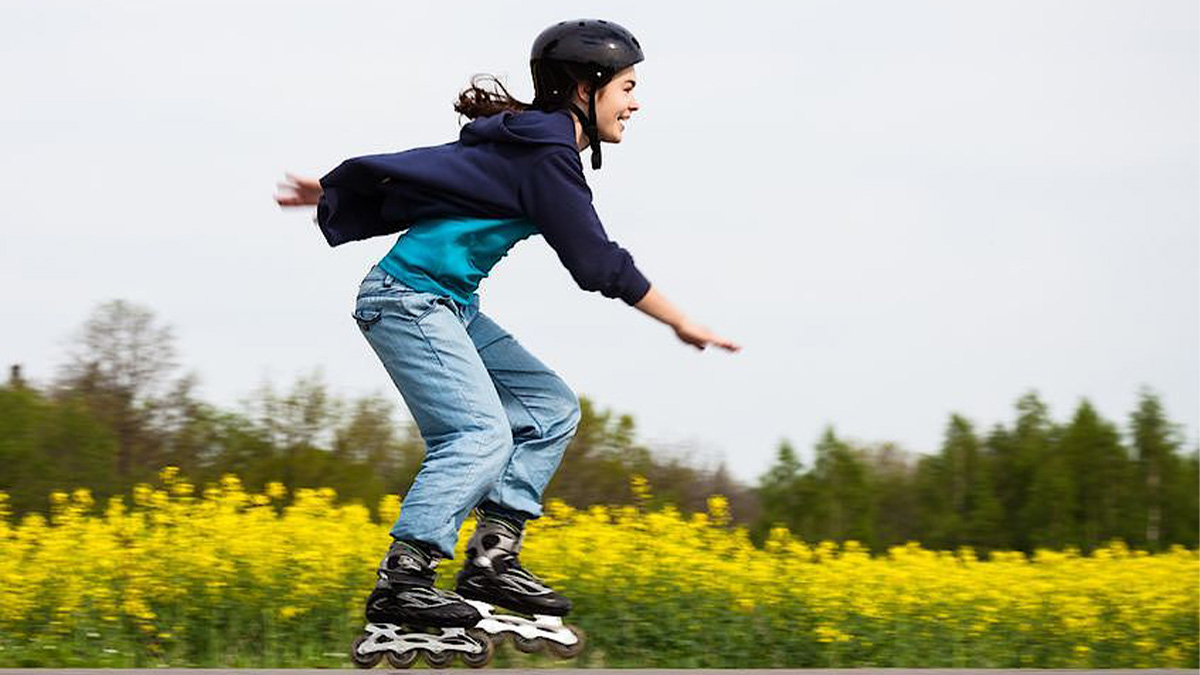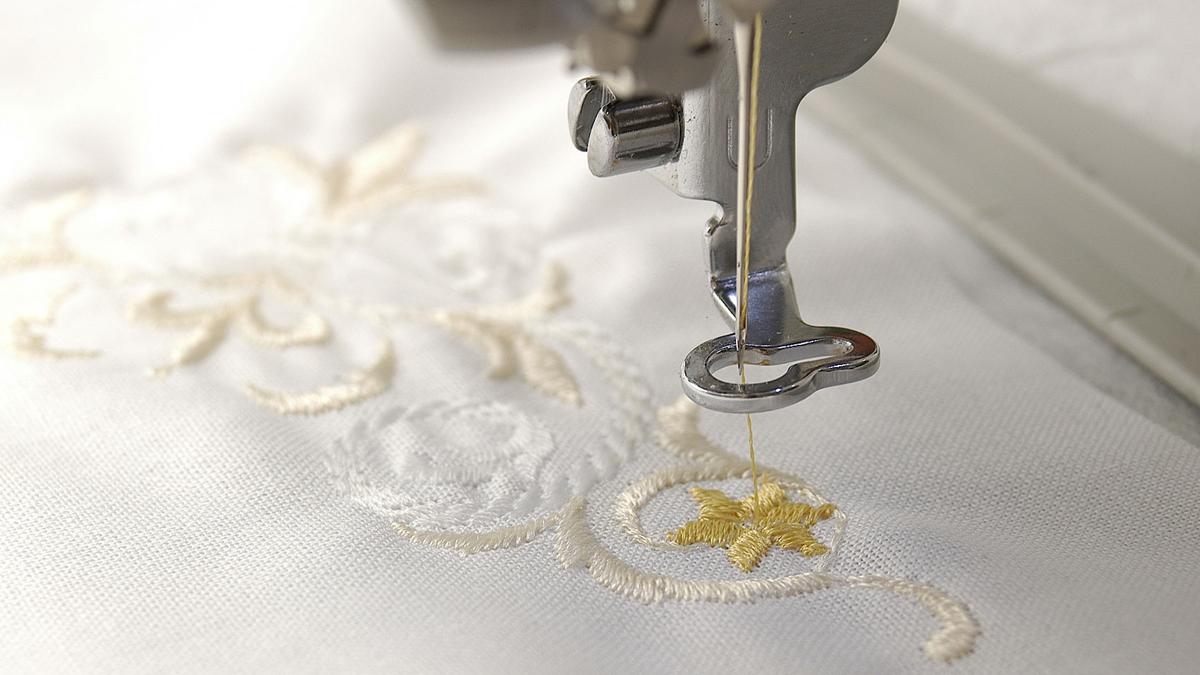When the sports industry was hit by the pandemic, the whole industry began to transform. Whether in the fitness industry or the sporting goods industry, original business and sales models changed significantly.
The Current Scale of the Sports Industry:
With the rising interest in health and exercise, the shifting preferences in sales channels, and the increasing focus on sustainability, the World Federation of Sporting Goods Industry (WFSGI) conducted a survey of overall industry trends in the sports industry. They found that the overall preferred aerobic exercises were running and cycling.
With the growth of the middle class in emerging markets such as in China and India, and the development of the middle class in mature markets such as in the United States, the outlook for the sports industry remains optimistic. In 2021, gradually recovering from the pandemic, the global sports industry grew by about 14%, China grew by 23%, and the United States grew by 15%. It is expected that the annual growth rate of the sportswear and footwear markets will reach 8% to 10% by 2025, and the market size in 2025 will grow to 395 million euros.
Although new variants of viruses such as Omicron still affect the economy and people's lives, the sports industry is still expected to continue to recover. As more and more people are committed to a living a healthier and more active lifestyle, the sports industry has higher potential for growth.
Sports Products that are Still Selling Well Under the Epidemic:
Where people are not able to exercise outdoors, or choose to reduce contact and limit visits to the gym, the "Home Gym" has become popular. Whether it is a simple weight training rack, dumbbells, elastic ropes, horizontal bars, smart tracking systems, or online video courses, etc., all these forms of exercise have become popular.
While the types of sports activities people enjoy remains extensive, the types of sports equipment they buy varies from country to country.
- Fitness equipment, ball games, and textiles are popular in China
- Home fitness equipment, yoga gear, and jogging clothes are common in Japan
- Outdoor sports equipment, paddle gear, jogging clothes, and mountaineering gear are popular in the US
- In addition, cycling has remined popular all over the world.
Even before the pandemic, cycling was one of the most popular sports in the Americas and Europe. Affected by the pandemic, people have been greatly restricted in their choices of sports activities. The need to maintain social distance, disinfection, and ventilation, makes cycling a sporty option for commuting or exercising. People in many countries have begun to integrate bicycles into their lives. Road bikes, mountain bikes, electric vehicles, and bicycle accessories have all become popular sports products during the pandemic.
The Development and Transformation of the Sports Industry:
COVID-19 has had an extensive impact on the sports industry. With many people still working remotely from home, the at-home movement has gained momentum. Health awareness has also increased and more people have invested in sport equipment and have also begun to cultivate better exercise and fitness habits.
Consumers are shopping online more, both to reduce contact and for its convenience, and this has led to a boom in e-commerce. The sports industry is also going digital, with more people watching instructional videos for fitness exercises.
Equipment is becoming more digitalized and people are paying more attention to environmental protection and sustainability. Companies are also paying more attention to the issue of carbon reduction.
Future Trends in the Sports Industry:
-
The Evolving Mindset and Behavior of Consumers:
Consumers are becoming more and more health and exercise conscious and 50% of consumers now exercise regularly. With rising health awareness and people exercising at home more, online fitness communities are becoming popular
The younger generation of consumers in China, India, and the United States are more willing to spend on sporting goods or exercise classes than older generations and consumers in other regions. According to some studies, 78-85% of young consumers expect to continue to use online fitness, health, and digital exercise methods.
In the past, 41% of consumers of all ages were willing to spend on dining at restaurants, 39% were willing to spend on clothing, and 35% were willing to travel. Today, due to the impact of the pandemic, more people are more willing to spend on sports, and 34% of young consumers express this intention.
-
From social media, and social commerce, to digital ecosystems:
Industry leaders are continuing to tap into this growing trend of digital social media to create closer connections between consumers and businesses. Live streaming is a popular promotional tool for online shopping channels and over 80% of consumers use online channels to find products. Consumers love social media and are willing to browse, discover, and buy fitness and wellness services, sports and outdoor gear and supplies, and more across multiple channels.
Online browsing has a strong suggestive effect, and people tend to buy after seeing a product online. Peers, sports and fitness stars, and micro-influencers are all strong influencers, and 6 out of 10 shoppers actively seek user reviews before making a purchase.
More sports brands are using social media to reach customers, build networks, and use data and advanced analytics to foster a sense of engagement and a sense of belonging among consumers. This includes offering fitness classes, challenges and inspiration, and networking opportunities.
-
The imperative for sustainability:
Consumers pay attention to the environmental sustainability of sporting goods, and the pandemic has cultivated a strong awareness of environmental protection and sustainability among consumers and has driven a market atmosphere where less is more.
Consumers expect to own things that last longer, such as durable sports clothing or durable sports equipment. It's okay to tinker with things instead of buying new ideas. As consumers' awareness of sustainability increases, they also expect their favorite brands to comply with environmental and sustainability-related regulations when launching their services or products.
The future sports industry will be inextricably linked with 5G networks, e-commerce, online teaching, etc. It will be a new generation in the sports industry.





.jpg)








